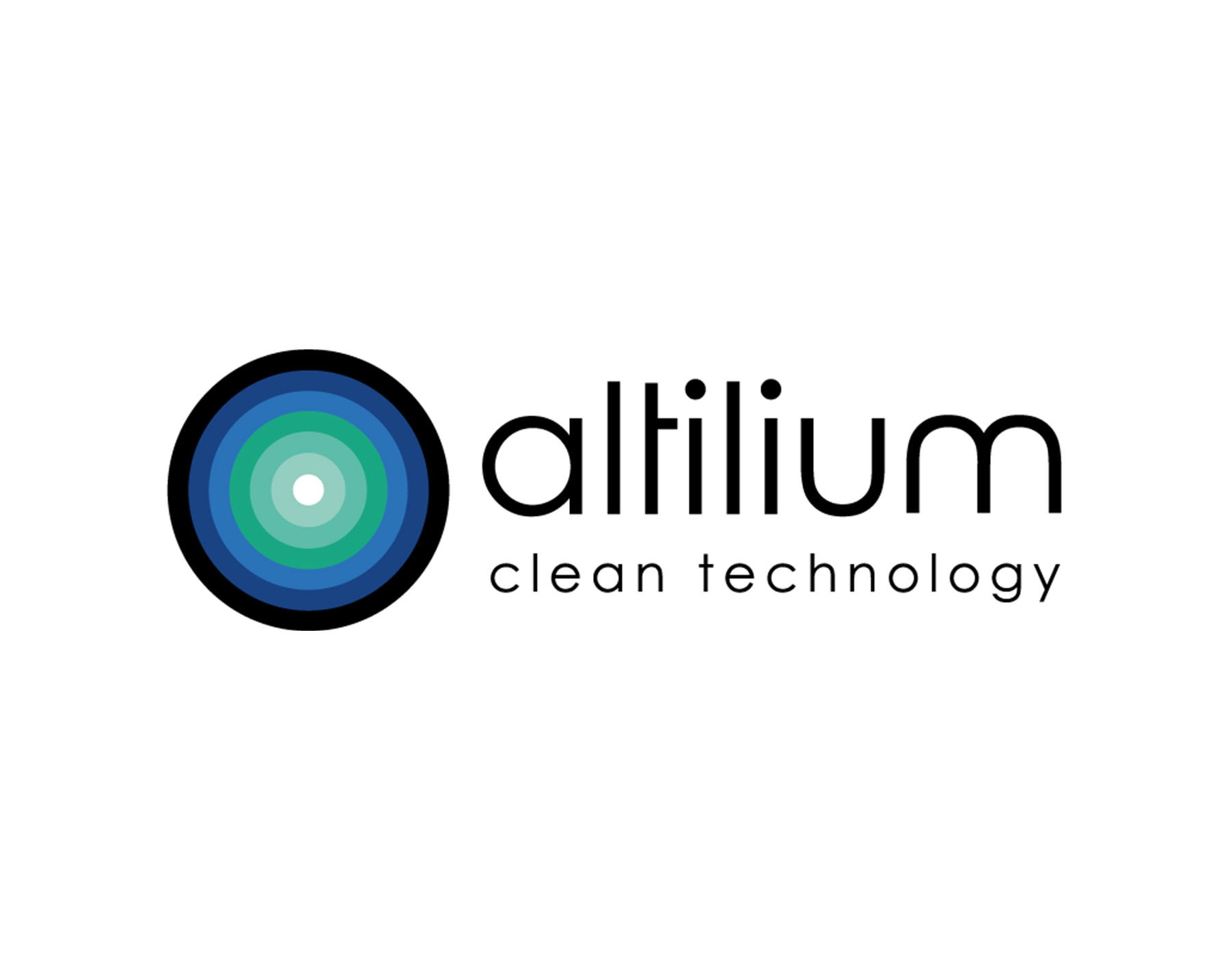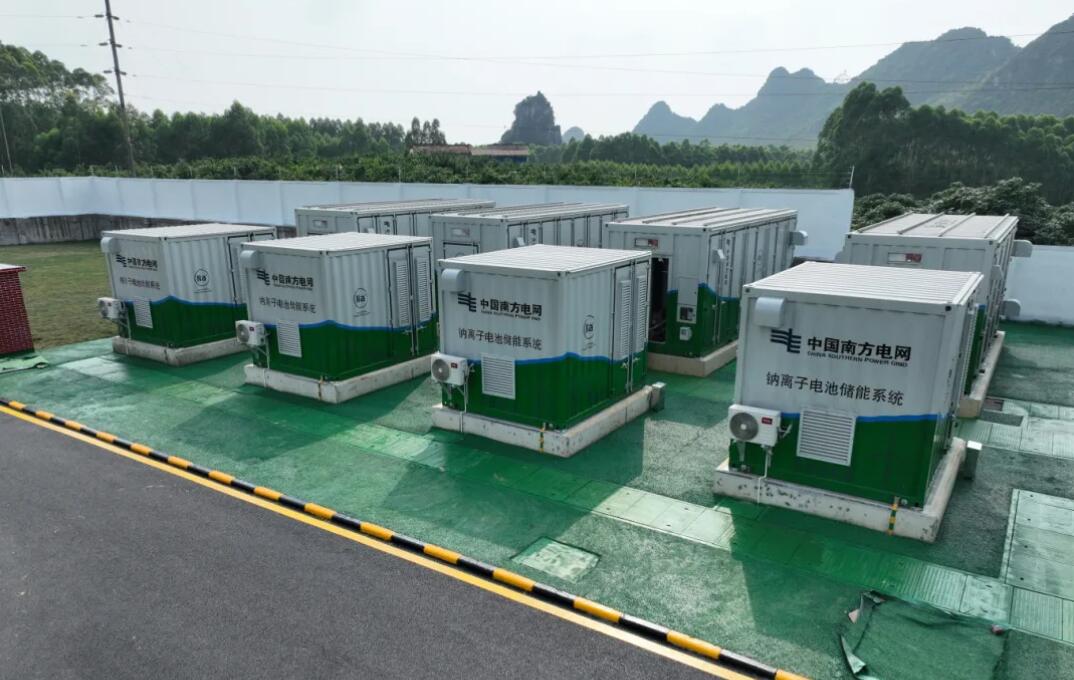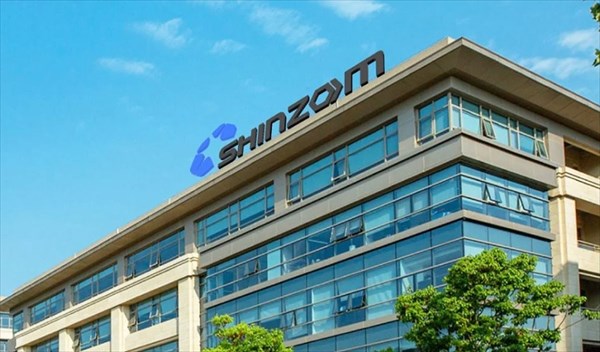CATL has maintained its position as the world’s largest battery maker in the first quarter of 2024, while BYD has climbed back to second place from third, according to data released by South Korean market researcher SNE Research.
Global battery consumption for electric vehicles (EVs) reached 158.8 GWh in January-March, up 22.0 percent from the same period last year. CATL’s installed battery volume in the first quarter was 60.1 GWh, a 31.9 percent increase from last year, securing its leading position with a 37.9 percent market share.
BYD recorded power battery installations of 22.7 GWh in January-March, an 11.9 percent increase from last year, regaining second place with a 14.3 percent share. The combined market share of the three major Korean battery manufacturers (LG Energy Solution, Samsung SDI, and SK On) decreased by 2.8 percentage points year on year to 23.5 percent.
LG Energy Solution ranked third with 21.7 GWh (13.6 percent share), while Samsung SDI ranked fifth with 8.4 GWh (5.3 percent share), and SK On ranked sixth with 7.3 GWh (4.6 percent share).
In terms of battery usage by electric vehicle sales, LG Energy Solution’s growth was driven by high-selling models in Europe and North America, including the Tesla Model 3 and Model Y, the Ford Mustang Mach-E, and the Hyundai IONIQ 6. Samsung SDI’s growth was attributed to strong sales of models like the BMW i4, i5, and iX, the Audi Q8 e-tron, and the Livian R1T and R1S. SK On benefited from strong sales of the Ford F-150 in North America but faced challenges due to weak sales of the Hyundai IONIQ 5 and the Kia EV6 in other regions.
Japan’s Panasonic ranked fourth with a 5.8 percent share. China’s CALB, Eve Energy, Gotion High-tech, and Svolt ranked seventh to tenth, with shares ranging from 1.7 percent to 4.0 percent.
“First quarter battery sales in Europe and the United States were below expectations, resulting in a decline in the shares of the three Korean battery makers,” said SNE Research. “However, uncertainty will be gradually resolved by new model launches in the U.S. and European markets from the second half of the year, as well as upcoming battery joint ventures of Korean battery makers in the United States where high growth is expected.”







